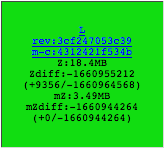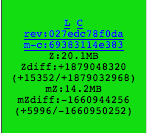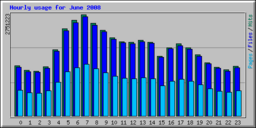 Sunday, August 10th, 2008, Jean-Patrice Chiasson, my father's dad, "grand-papa" to me, passed away, at the venerable age of 95.
Sunday, August 10th, 2008, Jean-Patrice Chiasson, my father's dad, "grand-papa" to me, passed away, at the venerable age of 95.I was able to attend his funeral this Friday. It was a very nice event, tons of people showed up, and I even saw some family members I hadn't seen in years.
To me, he was this mythical man, this doctor that cured the sick, and kept working for free until he was close to 80. Not a man of many words, but often always knew the right ones. Even if I don't think he never really understood what I do for a living, he was always able to provide me with amazing insight into my life. I remember many occasions where I was giving him an update on what's hapenning with me, and he would listen carefully. Then, almost without fail, he would ask a question, or make an observation that was always spot on. He was a very generous man, and ended up, almost secretly, financing all of his grandchildren studies, mine included.
I have so many memories of the itme I spent in their Sutton home as a kid (and later, as a grown up). The gigantic hill behind the house we loved to slide down in winter. The cold creek we build barrages in, with the woden overlooking bridge. And the maple forest where they made maple syrup every year. Every year, my grandma would drink a whole glass of the first batch they made, still warm.

La Tribune, the Sherbrooke local paper, even did a nice article on him this week, quoting my uncle Louis, among others.
It's strange to be back home like this. I was driving around town, running some errands, when I heard his name on the radio (Radio-Canada). They were talking about his passing and had interviewed a few folks about the work he did during his practice. It made me realize that, had I not moved back to Quebec, I probably wouldn't have heard it on the radio. Made me proud of my grandpa, that's for sure.
Oddly enough, he doesn't have a Wikipedia entry. I think he should.


